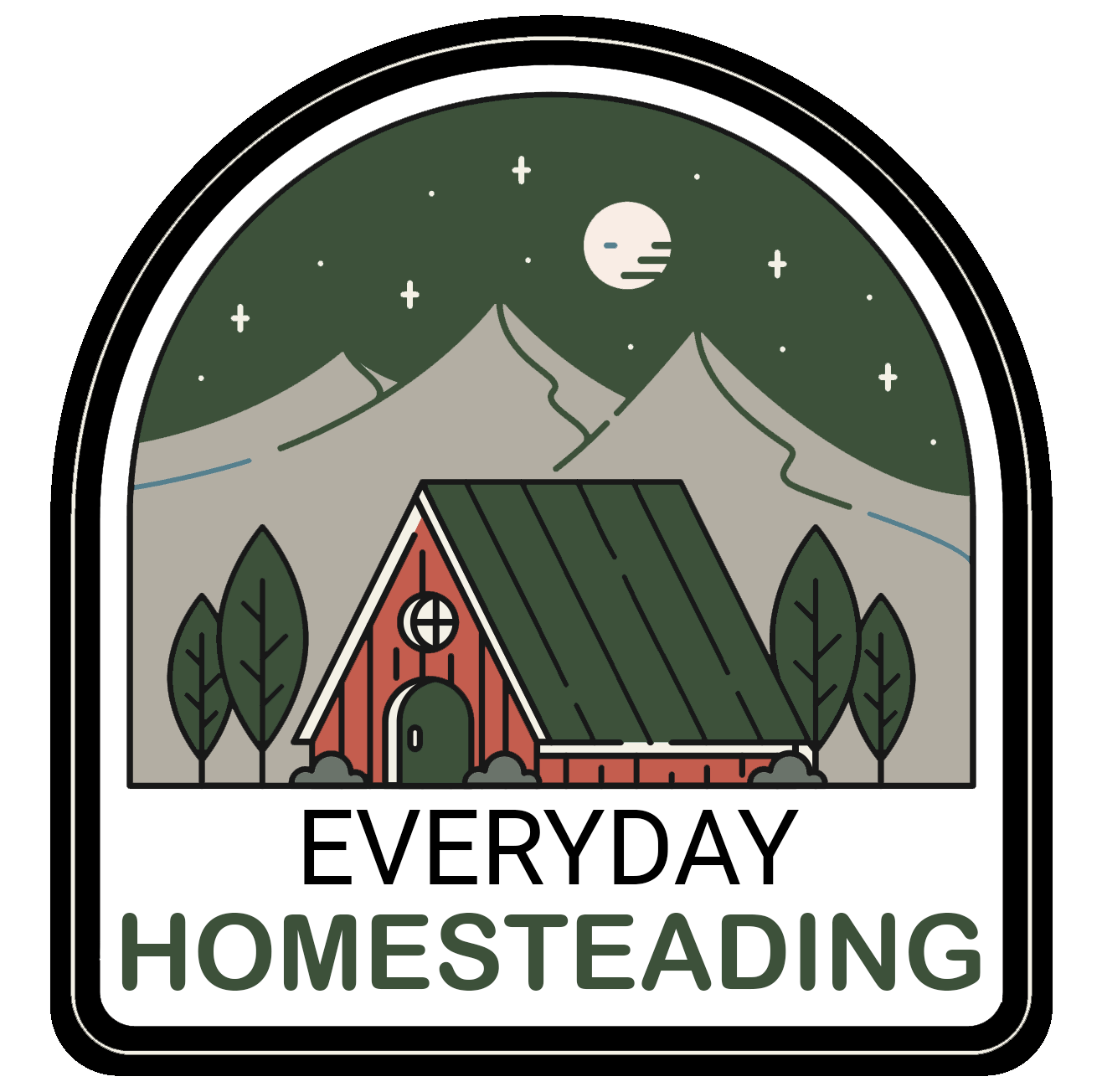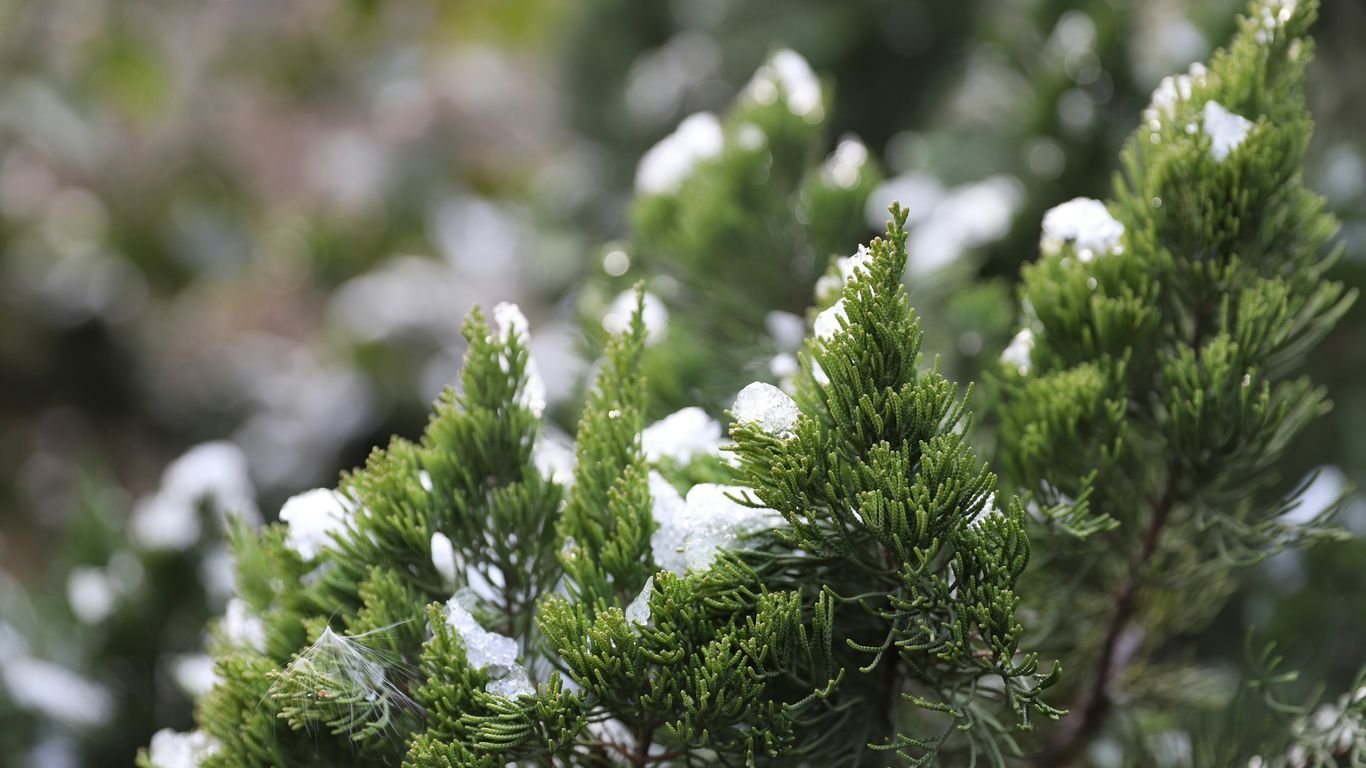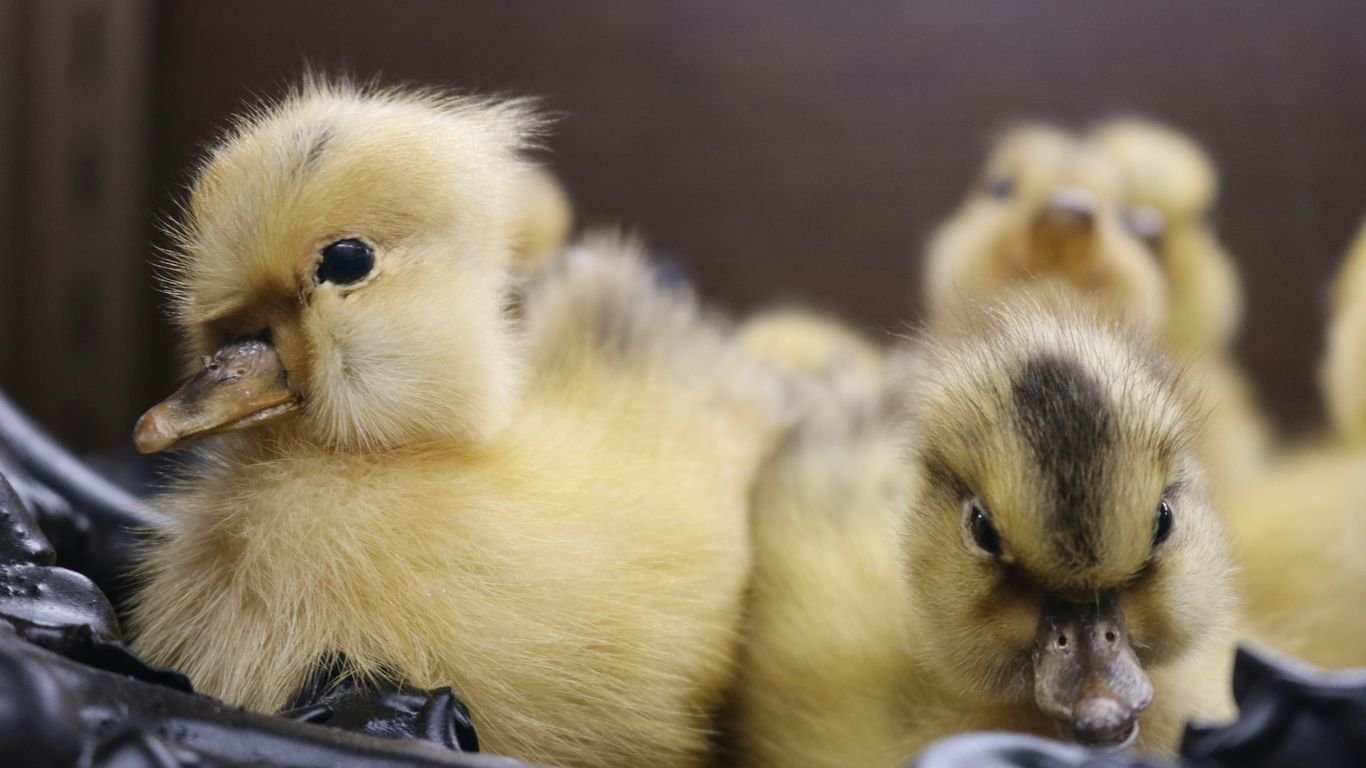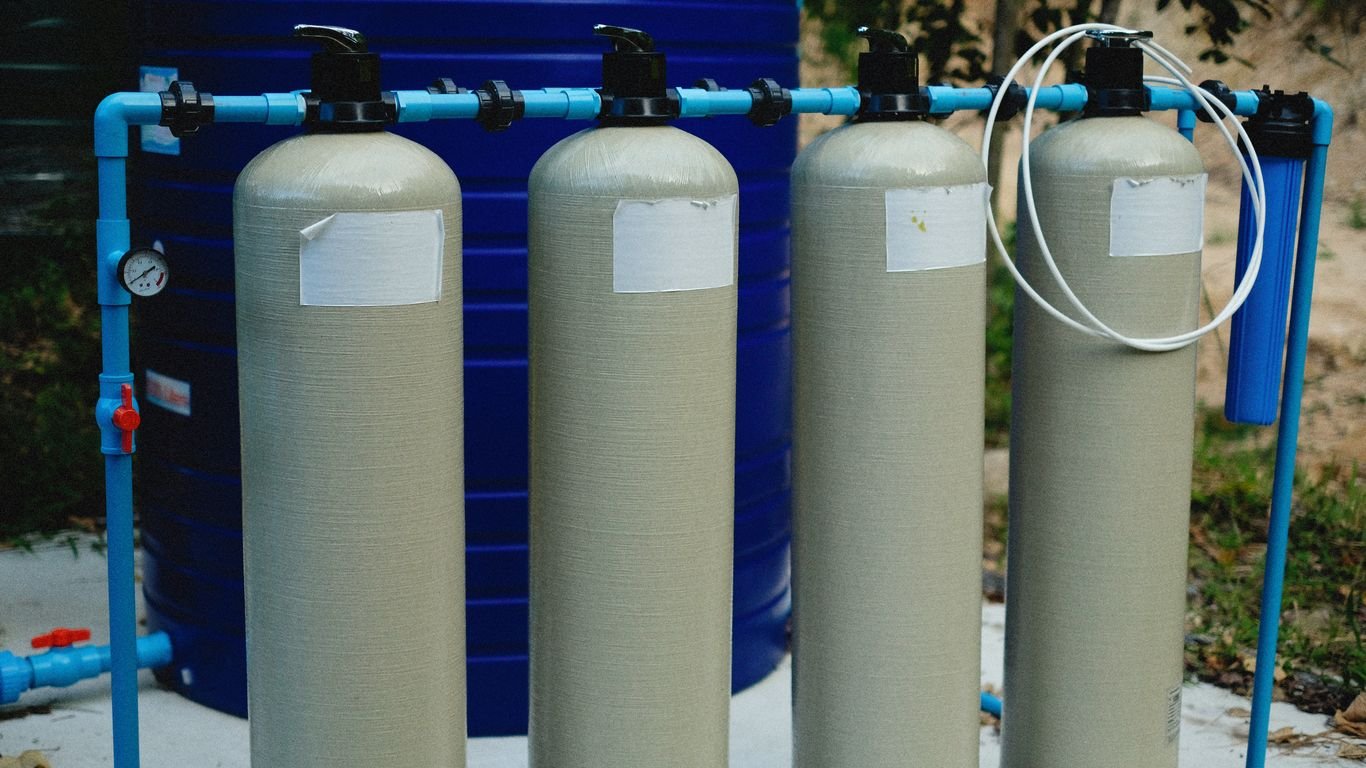10 Quick Homestead Projects You Can Do in One Afternoon
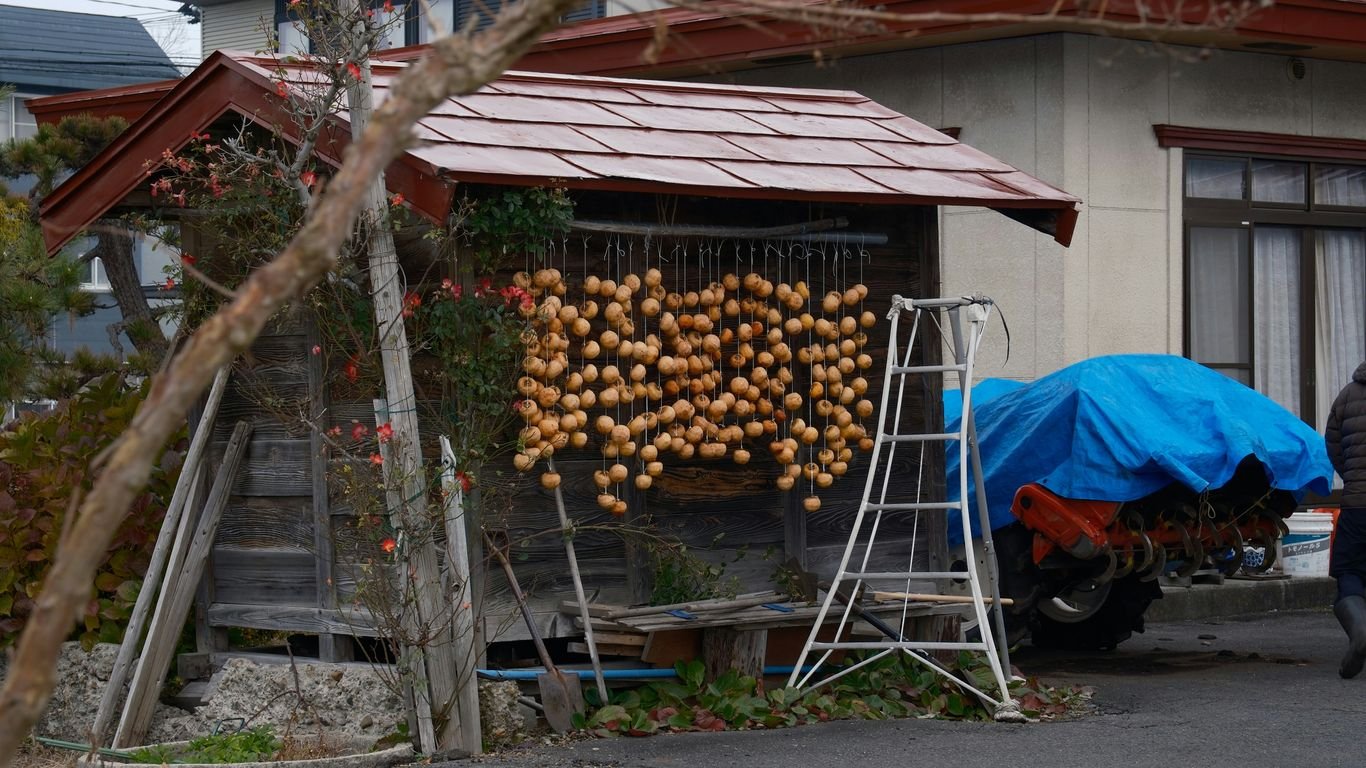
We all want to make our homes more self-sufficient and beautiful, but sometimes the big projects feel too overwhelming. That’s why we love finding easy homestead projects that we can tackle in just an afternoon. These quick wins can make a big difference, whether you’re just starting out or looking to add a little something extra to your existing homestead. We’ve gathered some of our favorite ideas that don’t require a huge time commitment but still give you that satisfying feeling of accomplishment.
Key Takeaways
- Planting pollinator plots is simple and helps local wildlife.
- Creating a small frog pond can be done in an afternoon and benefits your garden.
- Edible landscaping adds beauty and food to your property.
- Starting a compost pile is a free way to create valuable garden fertilizer.
- Learning to make your own soap saves money and gives you control over ingredients.
1. Plant Pollinator Plots
We can all agree that a healthy homestead needs healthy pollinators. Bees, butterflies, and other beneficial insects are vital for our gardens and for the ecosystem as a whole. Creating dedicated spaces for them is a rewarding afternoon project. Think of it as setting up a welcome buffet for our buzzing and fluttering friends.
To get started, pick a sunny spot. It doesn’t need to be huge; even a small patch can make a difference. We like to amend the soil a bit with some compost to give the plants a good start. Then, we choose a mix of native wildflowers and plants known to attract pollinators. Aim for variety in bloom times so there’s always something for them to eat, from early spring to late fall.
Some of our favorites include coneflowers, bee balm, sunflowers, and milkweed. We also toss in some herbs like lavender and borage, which the bees absolutely adore. It’s amazing how quickly these little plots come to life. Within weeks, we start seeing a noticeable increase in bee and butterfly activity.
Here’s a quick rundown of what we typically plant:
- Native Wildflowers: Choose species native to your region for the best results.
- Herbs: Lavender, borage, mint, and thyme are great choices.
- Sunflowers: Always a hit with bees and provide seeds for birds later.
- Milkweed: Essential for monarch butterflies.
Planting these plots isn’t just about helping pollinators; it’s about bringing more life and vibrancy to our homestead. The hum of bees and the flutter of butterflies add a wonderful soundtrack to our days.
Don’t worry about perfection. Even a few well-placed plants can create a valuable habitat. We’ve found that expanding these plots over time, using seeds from existing plants, is a simple way to continuously improve our pollinator habitat.
2. Install A Frog Pond
We decided to add a frog pond to our homestead, and it’s surprisingly doable in an afternoon. It’s a fantastic way to bring more wildlife to our property and create a little ecosystem. Plus, frogs are great pest controllers for our gardens!
We’ve found that you don’t need a huge, elaborate setup. Some of our ponds are simple kiddie pools camouflaged with rocks and plants, while others are a bit more formal with water plants. They can be dug and installed in a single day, or even just an hour if you’re quick with the setup, filling, and a bit of landscaping.
Here’s a basic idea of how we approach it:
- Choose a spot: Look for a location that gets some sun but also offers a bit of shade. Near existing plants or shrubs is ideal.
- Dig and shape: Dig a hole that’s deep enough for the pond liner or container. We like to create a shallow end and a deeper end.
- Install the liner/container: Place your pond liner or container, making sure it’s snug and wrinkle-free.
- Add water: Fill it with water. If you’re using tap water, let it sit for a day or two to allow chlorine to dissipate, or use a dechlorinator.
- Decorate: Add rocks, gravel, and aquatic plants. This gives the frogs places to hide and helps the pond look natural.
Creating these small water features has really changed the atmosphere of our yard. The sound of the frogs at night is just wonderful, and we’ve noticed fewer bugs around our plants. It’s a simple project that makes a big difference for both us and the local critters. We even found some great tips on homesteading skills that helped us get started.
It’s amazing how much life these little ponds attract. We’ve seen dragonflies, various birds, and of course, plenty of frogs. It really adds to the whole homestead experience.
3. Create A Courtyard

We all crave a little private spot to relax, right? Even if you don’t have a grand estate, you can still carve out your own personal courtyard. It doesn’t need to be fancy or huge; think of it as a dedicated outdoor room. We found that even a small, simple setup can make a big difference in how much we enjoy our outdoor space.
Here’s how we approached creating our little oasis:
- Clear a Space: Pick a corner or an area that feels a bit neglected. You might need to do some light digging to level it out or define the edges.
- Add a Base: Pea gravel or some repurposed pavers work wonders for creating a stable, clean surface. It makes the area feel intentional and keeps things tidy.
- Bring in Seating: A small table and chairs, or even just a couple of comfortable chairs, are key. This is where you’ll be enjoying your morning coffee or evening tea.
- Incorporate Greenery: Use potted plants or divisions from existing plants to add life and color. This softens the edges and makes the space feel more inviting.
The goal is to create a cozy nook that feels separate from the rest of the yard. It’s amazing how much more time we spend outside when we have a dedicated spot to just be. It’s a simple way to add a bit of charm and functionality to your homestead without a massive time commitment. For more ideas on starting your homesteading journey, check out this guide on getting started.
4. Potager Your Production Garden
We all start with a production garden, right? Usually, it’s a rectangle, maybe with a few rows. It works, but let’s be honest, it’s not exactly inspiring. We found that our garden looked its best right before harvest, but then it was just bare soil. That’s where the idea of a potager comes in. It’s essentially a French kitchen garden, but we’re taking that concept and blending it with our practical production needs.
Think of it as making your food-growing space both beautiful and functional. We started by reclaiming some space around our existing beds. We planted dwarf fruit trees, like apples and plums, and then filled the gaps with perennial herbs and berries. This adds color and structure throughout the year, even when the main crops are gone. It’s a way to get more food and variety from the same area, and those perennials often produce more per square foot once established.
Here’s a simple way we started transforming our garden:
- Incorporate Perennials: Mix in fruit trees, berry bushes, asparagus, or rhubarb. They add structure and food for years to come.
- Add Herbs and Flowers: Tuck in culinary herbs and edible flowers like nasturtiums or calendula. They attract beneficial insects and add visual appeal.
- Create Paths and Borders: Define beds with simple borders, maybe using wattle fencing made from pruned branches or even just some attractive stones. This gives a tidy, intentional look.
We also found that adding a small seating area, even just a simple bench, makes the garden a place we want to spend time. It’s amazing how a few pavers and some gravel can create a little oasis. It really makes you appreciate the bounty you’re growing.
We realized that by adding these elements, our garden became a place we wanted to linger, not just a place where food happened to grow. It’s about creating a space that feeds us in more ways than one.
This approach means your garden isn’t just about harvesting; it’s about enjoying the entire process and the beauty of your productive landscape. For more ideas on garden layouts that maximize space, check out these vegetable garden layout ideas.
5. Add Edible Landscaping
We’ve all got those spots around the house that are just… there. Maybe it’s a strip of forgotten ground by the driveway or that awkward corner by the shed. Instead of just letting them grow weeds or filling them with generic mulch, why not make them work for us? We’ve been transforming these overlooked areas into productive, edible landscapes. It’s amazing how much beauty and bounty you can add with just a little planning.
Think about planting things like berry bushes, dwarf fruit trees, or perennial vegetables such as asparagus and rhubarb. These plants not only look good but also provide food year after year. We even tucked some strawberry plants around the base of a tree, and they’re doing wonderfully. It’s a great way to increase your harvest without taking up prime garden space. Plus, many of these plants are quite hardy and don’t require constant fussing. We found that starting with a soil test really helped us understand what our soil needed to support these new additions assess your land’s capabilities and limitations.
Here are a few ideas we’ve tried:
- Fruit Trees: Dwarf varieties of apples, pears, or plums can be trained to grow in various shapes and fit into smaller spaces.
- Berry Bushes: Raspberries, blueberries, and currants are relatively easy to grow and offer a generous harvest.
- Perennial Vegetables: Asparagus, artichokes, and walking onions provide food for years with minimal effort.
- Edible Flowers & Herbs: Nasturtiums, calendula, chives, and mint can add color and flavor to your meals while also attracting pollinators.
We’ve found that mixing these edible plants with ornamental ones creates a landscape that’s both beautiful and functional. It’s a subtle way to make our homestead more self-sufficient, one plant at a time.
6. Start A Compost Pile
Starting a compost pile is one of the most rewarding things we’ve done for our homestead. It’s a simple process that turns kitchen scraps and yard waste into nutrient-rich soil for our garden. We aim to divert as much organic material from the landfill as possible.
To get started, we gather our "greens" (like vegetable peels, coffee grounds, and grass clippings) and "browns" (like dry leaves, shredded newspaper, and small twigs). The key is to get a good balance between the two. Too much green and it gets slimy; too much brown and it won’t break down.
Here’s a basic breakdown of what goes where:
- Greens (Nitrogen-rich): Fruit and vegetable scraps, coffee grounds, tea bags, grass clippings, plant trimmings.
- Browns (Carbon-rich): Dry leaves, shredded cardboard or newspaper, straw, small twigs, sawdust.
We usually aim for a ratio of about two to three parts browns to one part greens. It doesn’t have to be exact, but it helps the pile heat up and decompose properly. We just toss our materials into a designated spot in the yard, or if we want to keep things tidier, we use a simple bin. Building a bin from old pallets is a really easy afternoon project if you want something contained. You can also buy compost tumblers, which make turning the pile easier. We’ve found that turning the pile every week or two really speeds up the process, but even just letting it sit and break down on its own works, it just takes longer. It’s amazing how quickly kitchen scraps disappear and turn into black gold for the garden. It’s a fantastic way to reduce waste and improve our soil health, and you can find more tips on getting your compost going at ffa3.
We’ve learned that patience is key. While some materials break down faster than others, the end result is always worth the wait. It’s a natural cycle that we’re happy to be a part of.
7. Learn To Make Your Own Soap
Making our own soap is a fantastic way to cut down on waste and save money. Plus, we get to control exactly what goes onto our skin. It might seem a bit daunting at first, but it’s really not that complicated once you get the hang of it. We started with a simple melt-and-pour method, which is super beginner-friendly, but quickly moved on to cold-process soap making.
Here’s a basic rundown of what you’ll need to get started with cold-process soap:
- Lye (Sodium Hydroxide): This is the chemical that makes soap. It needs to be handled with extreme care. Always wear gloves and eye protection.
- Oils and Fats: Common choices include olive oil, coconut oil, and shea butter. Each contributes different properties to the final bar.
- Distilled Water: Used to dissolve the lye.
- Safety Gear: Gloves, eye protection, and long sleeves are a must.
- Equipment: Stainless steel pots, a stick blender, a digital scale, and soap molds.
When mixing lye and water, always add the lye slowly to the water, never the other way around. This reaction creates heat and fumes, so do it in a well-ventilated area. It’s a good idea to get familiar with the basics of making soap at home before you begin.
We found that starting with a simple recipe and sticking to it until we felt confident made a big difference. Once we mastered a basic bar, we started experimenting with different oils, additives like oatmeal or honey, and essential oils for scent. It’s a rewarding process that gives us a tangible product we can use every day. You can find great starter kits and recipes online to help you begin your soap-making journey.
8. Collect Rainwater

We’ve all seen those downpours where water just rushes off the roof and into the storm drains. It feels like such a waste, right? Well, we decided to do something about it and start collecting our own rainwater. It’s a pretty straightforward way to get a free water source, especially for the garden during those dry spells.
Setting up a basic system is simpler than you might think. You can connect rain barrels directly to your downspouts. These barrels can hold a good amount of water, usually 50 gallons or more.
Here’s a quick rundown of what we did:
- Assess your downspouts: Figure out which ones are best positioned to catch the most rain.
- Get your barrels: We found some food-grade barrels online. Make sure they have lids.
- Connect them: You’ll need a diverter kit to connect the downspout to the barrel. We also added a spigot near the bottom for easy access.
- Add a screen: A simple mesh screen over the opening keeps out leaves and bugs.
Using collected rainwater means we’re not putting as much strain on our well, especially in the summer. It’s a small step, but it feels good to be a bit more self-sufficient and use what nature provides. Plus, plants seem to really love it!
There are more involved rainwater harvesting systems if you’re looking for a larger supply, but starting with a few rain barrels is a great way to begin. It’s a practical project that really pays off when you need that extra water. You can find more advice on setting up your own system at rainwater harvesting systems.
9. Learn The Medicinal Properties Of Herbs

We’ve found that getting to know the plants growing around us has been incredibly rewarding. Learning about the medicinal properties of herbs is a fantastic way to become more self-sufficient and gain control over what we put into our bodies. It’s not just about growing them; it’s about understanding their uses for common ailments.
For instance, mint is a great one to start with. It’s really helpful for upset stomachs and can even ease headaches. We often make a simple mint tea, or use it for steam inhalation when we’re feeling congested. It’s amazing how a simple plant can offer so much relief.
Here are a few herbs we’ve found particularly useful:
- Chamomile: Known for its calming effects, great for sleep and anxiety.
- Lavender: Wonderful for relaxation, sleep, and even minor burns.
- Echinacea: Often used to support the immune system.
Understanding these plants means we can create our own salves, tinctures, and teas. It’s a skill that connects us more deeply to nature and our own well-being.
It’s a journey, and we’re still learning, but starting with a few key herbs like those mentioned in guides on summer cultivation has made a big difference. It feels good to have natural remedies readily available right from our garden.
10. Grow Something

There’s something incredibly satisfying about growing your own food, even if it’s just a few things. It doesn’t have to be a massive undertaking; you can start small and see where it takes you. Think about what you and your family actually eat. Growing those items yourself can save money and give you the freshest possible ingredients.
If you’re new to this, don’t feel like you need acres of land. We started with just a few pots on our patio. Herbs like basil and mint are super forgiving and can thrive in containers. Lettuce and spinach are also good choices for small spaces and grow relatively quickly. The key is to pick plants that suit your space and your climate.
Here are a few ideas to get you started:
- Herbs: Basil, mint, chives, parsley, and thyme are all easy to grow in pots or small beds.
- Leafy Greens: Lettuce, spinach, kale, and arugula grow well even in partial shade.
- Root Vegetables: Carrots, radishes, and beets can be grown in containers if they’re deep enough.
- Fruiting Plants: Tomatoes, peppers, and strawberries can be grown in pots or hanging baskets.
Don’t be afraid to ask friends or neighbors for cuttings or seeds. Many homesteaders are happy to share their bounty. We’ve found that getting starts from other people is a great way to expand our garden without a big initial investment. You might be surprised what people have extra of, like raspberry shoots or strawberry runners. It’s a fantastic way to begin your journey into growing and hunting your own food by starting small. You can find more tips on getting started with gardening at local clubs, online forums, and libraries.
Remember, the goal isn’t perfection, it’s progress. Even a small harvest is a win. Enjoy the process of nurturing something from a tiny seed into food you can eat.
Wrapping Up Our Afternoon Projects
So there you have it! We’ve gone through a bunch of ideas that can really make a difference around our homes, and the best part is, we can tackle most of them in just an afternoon. It’s pretty cool how much we can change our spaces without needing a whole weekend or a huge budget. Remember, homesteading is all about taking things one step at a time, and these quick projects are perfect for that. Don’t get overwhelmed by all the big goals; just pick one thing that sparks your interest, gather your supplies, and get it done. You’ll be surprised at how satisfying it is to see that immediate progress. Happy homesteading!
Frequently Asked Questions
What kind of projects can we do in just one afternoon?
We can do a variety of quick projects like planting flowers for bees, setting up a small pond for frogs, or even starting a compost pile. Many projects focus on making our space more beautiful or productive without taking too much time.
How do we make our garden more interesting?
Instead of just rows of vegetables, we can mix in flowers, herbs, and even fruit plants. This makes the garden look prettier and gives us more to harvest. We can also add edible plants around the edges of our regular garden beds.
Is it hard to start a compost pile?
Not at all! We just need to gather compostable stuff and occasionally water and turn the pile. It’s a simple way to get great fertilizer for our garden.
What are some other simple projects we can try?
We could learn to make our own soap, which saves money and lets us control the ingredients. Collecting rainwater is another good idea for watering our plants, especially during dry spells.
How can we make our yard more welcoming for nature?
We can plant special areas with flowers that attract pollinators like bees and butterflies. We can also create small ponds that frogs will love, which helps control pests and makes our yard more lively.
What if we don’t have a lot of space for projects?
Many of these projects can be scaled down. For example, we can create a small, cozy seating area that feels like a courtyard even in a small yard. We can also use pots for gardening if we don’t have much ground space.



